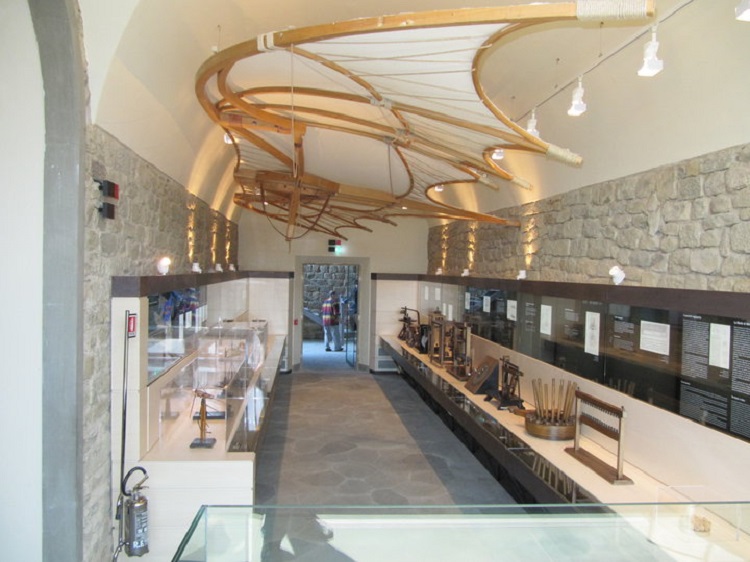
Hello everyone! Holiday over or yet to begin?
Over the next few weekends you could perhaps go and visit one of the most beautiful artists’ houses in Italy.
Here are my top 5 favourite artist’s house-museums!
As always, I look forward to your comments and suggestions on your favourite museum-homes 🙂
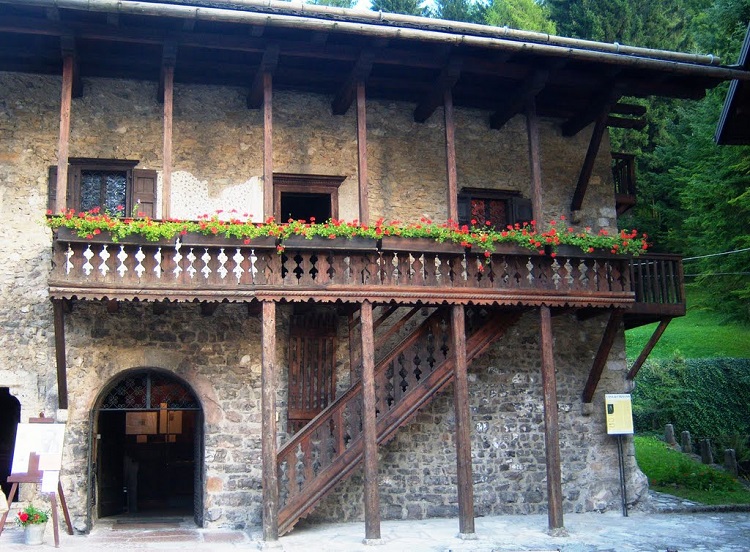
THE HOME OF TIZIANO VECELLIO
The house where Titian was born is located in Pieve di Cadore, not far from Cortina, and is a two-storey 15th century building not far from the main square.
Titian was very fond of this house where he spent the summer to escape the heat of Venice. It is a typical Cadore dwelling with an external wooden staircase leading to the first floor where a long balcony hangs over the façade.
A purchase and sale document drawn up in 1557 tells us that it was the only house owned by the artist in Cadore. After various changes of ownership, it was declared a national monument and purchased by the Magnifica Comunità di Cadore in 1926. On the ground floor, one can visit the ‘noble’ room with wood-panelled walls and some reproductions of the artist’s works. In the dining room, known as the autograph room, copies of the painter’s autograph documents are kept.
THE HOUSE OF GIOTTO
Giotto, the artist who created the frescoes in the Scrovegni Chapel, came from a modest peasant family in Colle di Vespignano in Vicchio in Mugello, near Florence. Here is what is considered his birthplace, next to the church of San Martino.
It is an ancient and sober medieval residence that, according to the Soprintendenza’s studies, was the appendix of a larger stately home, but has undergone several modifications over the centuries. It is one of those house-museums that I call ‘virtual’, because by now practically nothing remains of its famous inhabitant, but it provides an opportunity to get to know Giotto more closely and to admire the landscapes that probably inspired him.
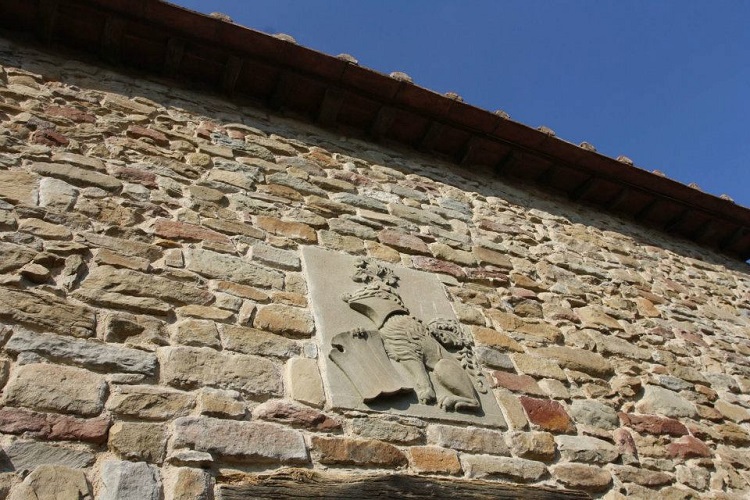
THE HOUSE OF LEONARDO DA VINCI
The house where Leonardo was born is located in the Tuscan countryside near Vinci. It is a small house, built in stone and surrounded by centuries-old olive trees. After careful restoration, it was reopened to the public in 2012. The new layout offers visitors some interesting reproductions of the Maestro’s works, author of the Mona Lisa, at very high resolution and allows them to approach his biography and artistic events in an unusual way.
The house is small but evocative, equipped with technological marvels to learn more about the great artist’s universe. The ‘Leonardo Touch’ application allows you to interrogate the artist’s works, reading their description and comparing them with works by other artists of the time. It is also possible to admire and listen to Leonardo’s life-size hologram, which narrates his life and is the main attraction for visitors, especially the youngest ones.
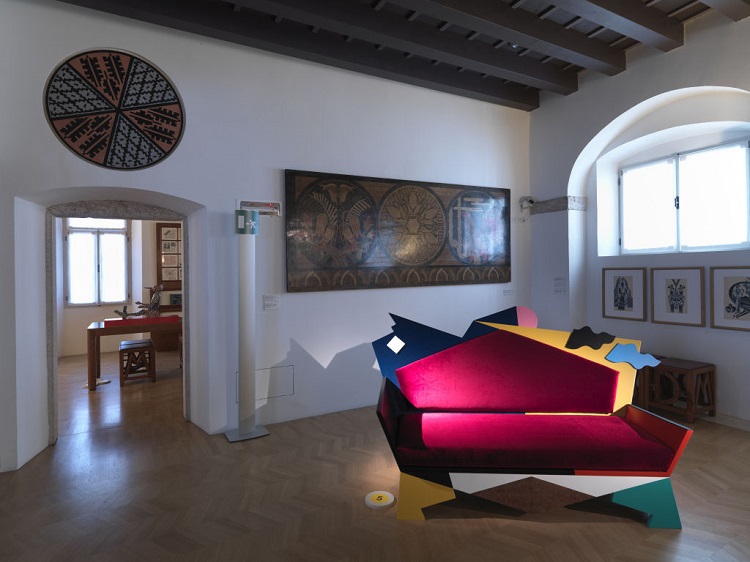
THE HOME OF FORTUNATO DEPERO
The Casa d’Arte Futurista Depero is the only museum founded by a Futurist artist. In fact, it was Depero himself, in 1957, who realised this project in which Futurism is musealised.
The building is located in the elegant historic centre of Rovereto, a few steps from the MART, and Depero personally took care of every detail: the mosaics, the furniture, the painted panels. On the occasion of the centenary of Futurism (in 2009), the MART gave Casa Depero a second life and, with a challenging restoration, recovered the original areas designed by the artist, completing them with two new levels inspired by Fortunato Depero’s taste.
Inside Depero’s House you can admire, displayed in rotation, about 3000 objects left by the artist to the city of Rovereto, including paintings, drawings, cloth inlays, graphics and toys, which allow us to understand his art but also Futurism. Casa Depero also hosts a rich exhibition programme, which reinterprets the original vocation of this place for dialogue between artists and the local community.
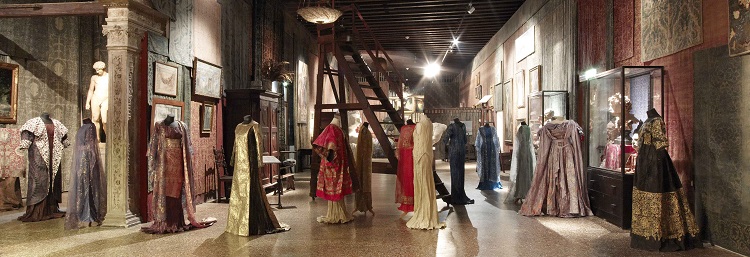
THE HOME OF MARIANO FORTUNY
Scenographer, designer of stage clothes and costumes, photographer, painter, inventor of a new theatrical lighting system, Mariano Fortuny ranged over various fields of the applied arts, achieving success and fame. The Fortuny museum is in one of the most beautiful palaces in Venice and celebrates his creativity.
Mariano Fortuny y Madrazo was born in Granada into a family of artists. His father was a painter of international renown, but it was his mother, Cecilia de Madrazo, descended from a family of painters, who steered the young Mariano towards art. He grew up in Paris, where he attended the Academy of Fine Arts and obtained his first awards as a painter and set designer. At the age of eighteen, he arrived in Venice, which was to become his city.
In 1897, he married Henriette Negrin, a young French dressmaker he had met in Paris, who would work with him and together make fashion and costume history. Their ‘Delphos’ tunic will conquer women all over the world and style icons such as Peggy Guggenheim, the creator of the Guggenheim Collection in Venice, Sarah Bernhardt, Mucha’s muse, and Eleonora Duse will wear it. In 1909 the patent for the Delphos dress was registered in Paris and the commercial success of the dress and the damask silk fabrics that Fortuny began to create meant that in 1922 he opened a factory on the Giudecca with a hundred or so people working there, which still exists today.

